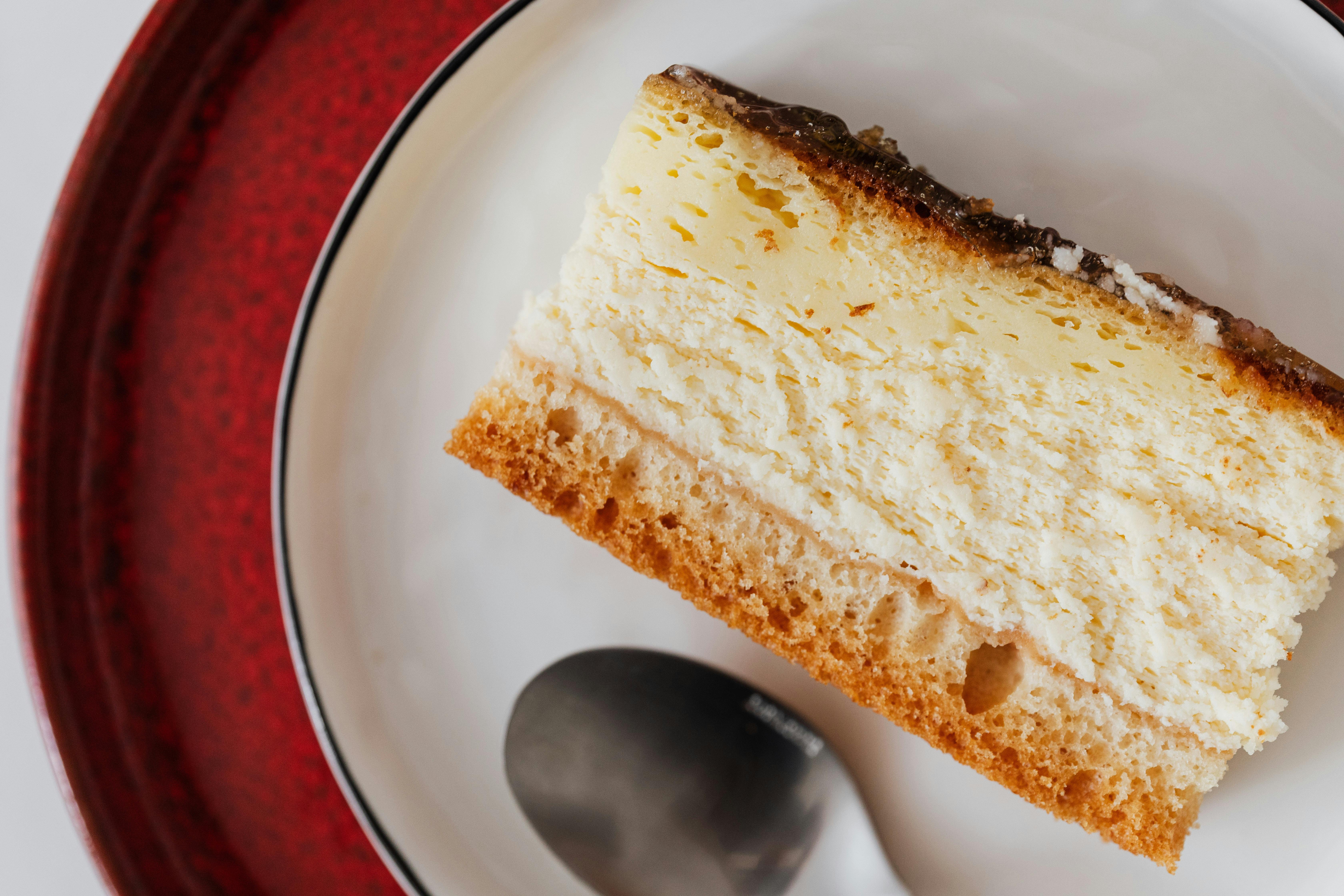Use kitchen island ideas to better understand how to create a more functional and comfortable kitchen. Using custom kitchen islands means having the most suitable island for your home and kitchen area based on your kitchen space and needs. Kitchen island ideas take us back to the farmhouse kitchen, even to medieval times when a large workbench was used to do most of the prep work.
In addition to meal preparation, the kitchen can become a gathering area for family and friends if there is enough space. Since so much happens in the kitchen on a regular basis, getting the design right is important. The kitchen island can serve as an additional dining area, and food can be easily prepared there. In a large kitchen, the kitchen island can shorten the distances within the work triangle (sink, refrigerator, and stove or stove) and make it more efficient.
Here are kitchen island ideas to consider when planning your kitchen:
1. Kitchen islands work best in larger L, U, or G-shaped kitchens. If the kitchen is too small, the kitchen island will become an obstruction and make movement difficult. The best custom kitchen islands for small to medium sized kitchens are a portable butcher block or kitchen cart for food prep or extra storage.
2. Include a vent hood on top to remove smoke, steam, and cooking odors if your kitchen island is going to have a stove. The range hood must extend beyond the cooking area by 3 inches or more on the sides for proper ventilation. Using the correct fan size will ensure that extraction is performed as intended. Have a fan capacity of approximately 50 cubic feet per minute (cfm) for each square foot of cooking surface.
3. A second sink can be included in the kitchen island. Use a sink that’s deep enough to wash large pots and pans, and consider outfitting your kitchen island with a trash compactor, garbage disposal, recycling bin, and even a dishwasher. Cleaning will be much easier when these appliances are close to the sink.
4. Allow adequate counter space on both sides (left and right) of the kitchen island if a sink or stove is to be used. Include at least 15 inches of counter space on each side, and if your kitchen is large enough, allow even more space. You can never have too much counter space in a kitchen. Plus, the rounded corners of the countertop help protect everyone from bad bruises; this is true for all corners of the kitchen counter.
5. Additional kitchen island ideas are to consider using shelf space on the sides of the kitchen island for cookbooks, collectibles, or storage. A built-in TV works here, especially if it faces the family room. Or a microwave can work well for heating snacks after school and cooking food quickly.
6. The countertop material for the island doesn’t have to match the rest of the countertops in your kitchen, as long as it harmonizes with the overall design of the room. You might want to splurge on solid surfaces here, for example, and use laminate on the other countertops. A butcher block countertop is ideal for chopping, while granite or marble work well for baking and kneading puff pastry.
7. Maximize natural light with windows and skylights, and keep kitchen wall surfaces light in color to reflect daylight. Custom kitchen islands work great by using pendant or recessed lighting to direct light onto the kitchen island and other work areas. Electrical codes may require electrical outlets to be located on the sides of fixed kitchen islands, not on top, to prevent electrical shock.
Use custom kitchen island ideas to help you learn how to create an attractive area that will perform a variety of useful functions. Properly designed, kitchen islands will make your work area more functional and efficient and will be enjoyed by everyone for years to come. Read as many kitchen island ideas as you can about using an island to improve the functionality and comfort of your kitchen; after all, your kitchen is most likely the most popular room in the house.
Copyright 2005 InfoSearch Publishing
